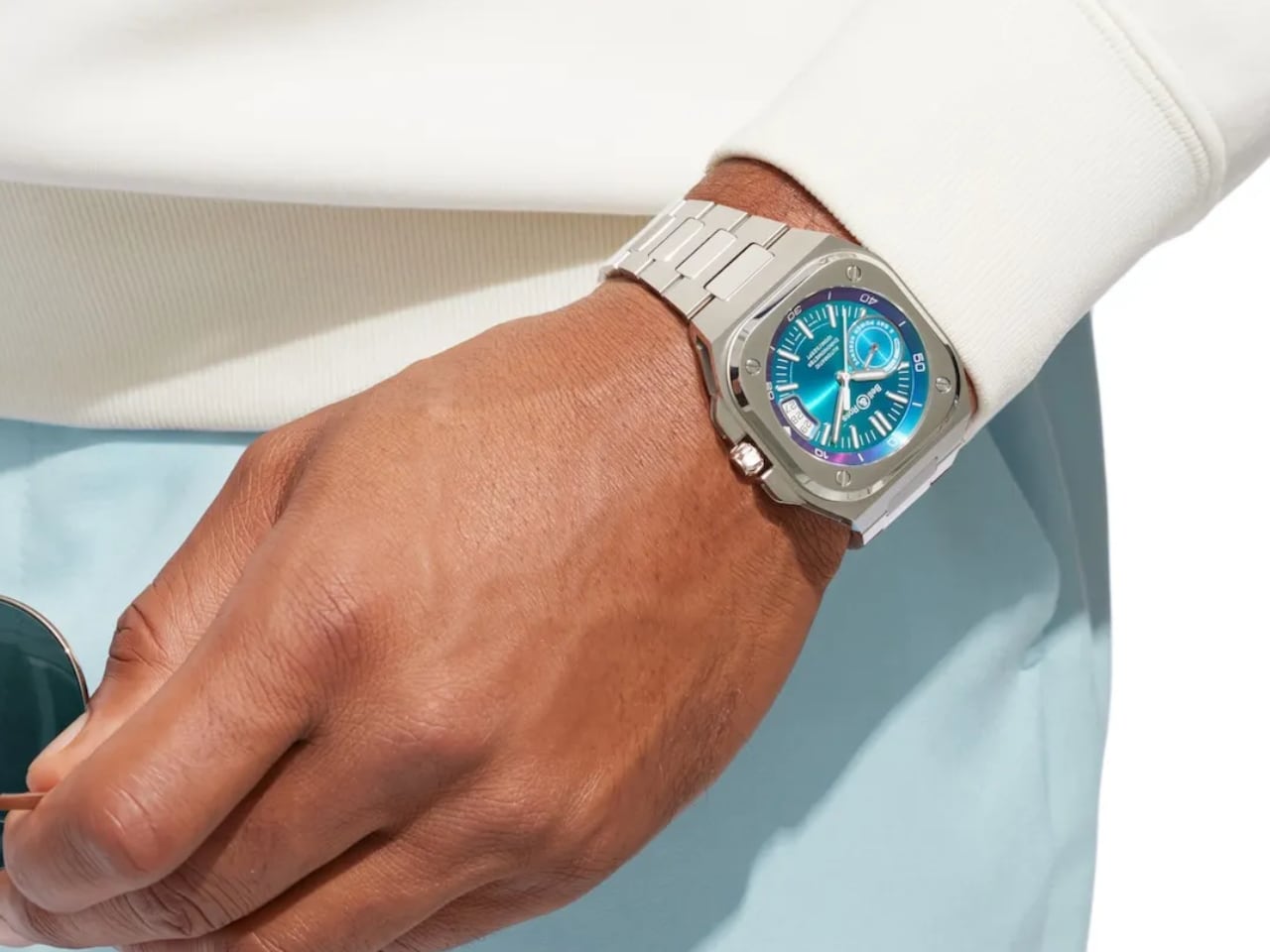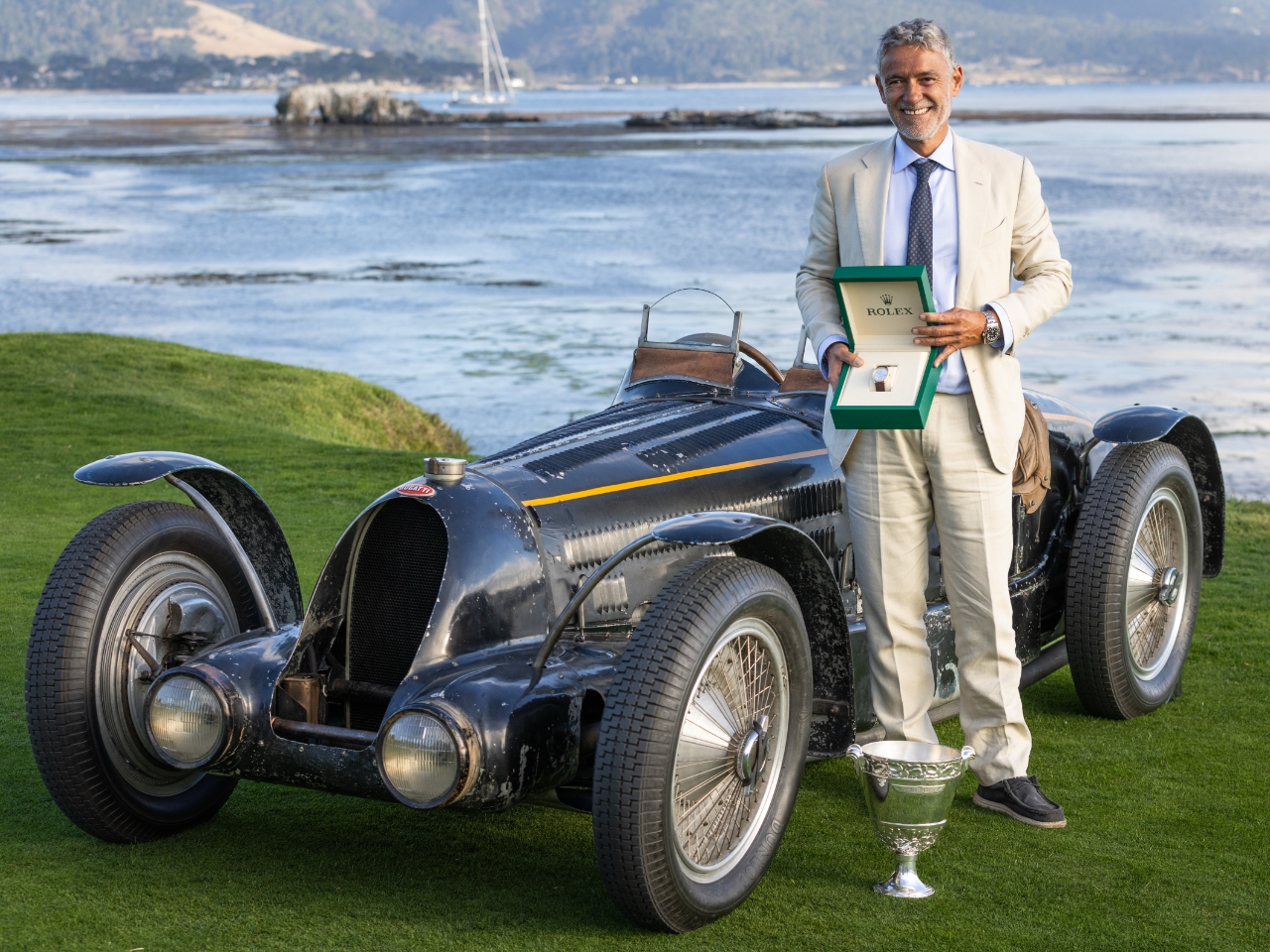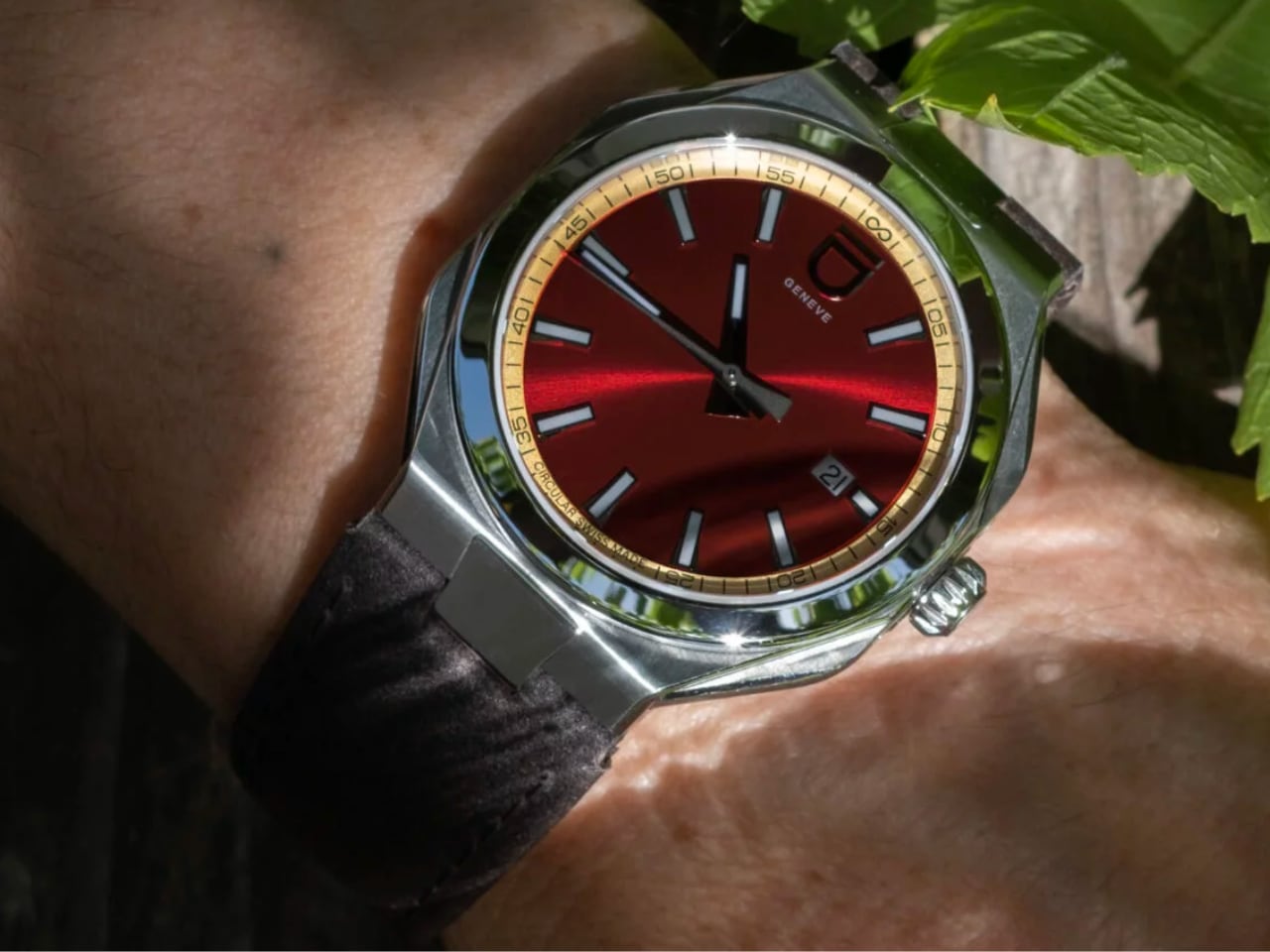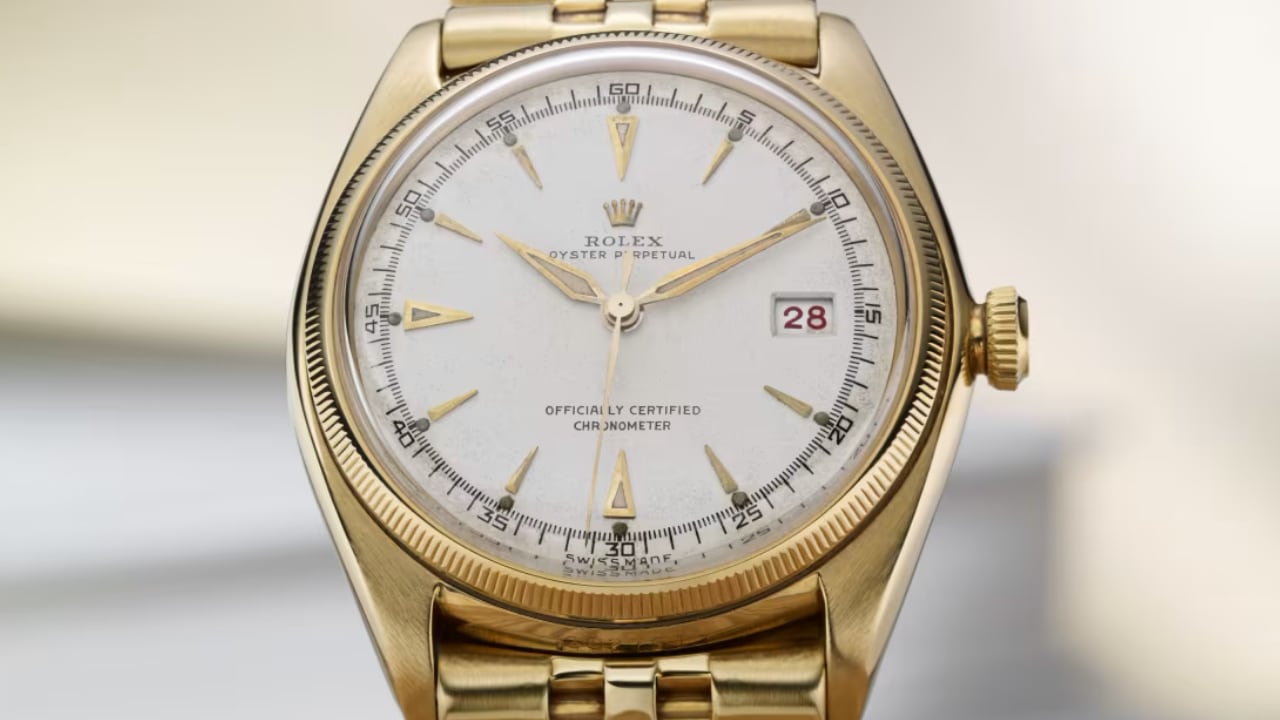BR-X5 Iridescent: Shimmering High-Tech Elegance
![]()
Bell & Ross introduces the BR-X5 Iridescent, a futuristic take on their iconic design, available exclusively from Bell & Ross Boutiques and e-Boutiques. This 41mm timepiece features a unique iridescent dial that shifts its hues depending on the lighting or viewing angle, turning every glance into a dynamic experience. The watch displays a compelling combination of modern aesthetics and aeronautical influences, making it a striking addition to the Bell & Ross collection.
Designer: Bell & Ross
Image: Bell & Ross BR-X5 Iridescent
The BR-X5 Iridescent features high-tech materials that are robust and lightweight, making it a perfect choice for those who want a luxurious watch without sacrificing durability. Every detail of the watch is thoughtfully designed, from the signature “circle in a square” motif to the intricate dial that sparks the imagination.
![]()
Aeronautical Heritage Meets Future Design
Bell & Ross’s aeronautical heritage is captured in the BR-X5 Iridescent, which maintains the iconic “circle in a square” design while introducing a cutting-edge dial. The brand’s distinctive square case is made from advanced, durable, lightweight materials.
![]()
The brushed stainless steel case contrasts elegantly against the vibrant iridescent dial, offering a balanced composition that speaks to modern luxury. Offered as an exclusive edition, it emphasizes both resilience and refined elegance. The choice between a polished steel bracelet and a white rubber strap offers versatility, with each option working seamlessly with the watch’s design to provide a unique personality—whether it’s sporty utility or sophisticated style.
![]()
Integrating Bell & Ross’s signature aviation-inspired elements gives the watch a distinctive edge. The four screws at the corners of the bezel are design accents; they serve as a nod to the brand’s aeronautical roots, reinforcing the rugged, functional feel of the watch. This timepiece reflects a legacy while embracing forward-thinking aesthetics.
50 Shades of Blue: The Iridescent Kaleidoscope Dial
The BR-X5’s dial showcases an evolving iridescent effect that shifts between blue, green, violet, and yellow, achieved through advanced PVD treatments. The polished, rhodium-plated indices and skeletonized hands, filled with Super-LumiNova, provide optimal visibility.
![]()
The power reserve indicator at 9 o’clock and the date window at 3 o’clock enhance symmetry and functionality. The kaleidoscopic dial adds a dynamic, ever-changing presence on the wrist, blending technical sophistication with bold aesthetics. This timepiece is an expression of style and innovation. Its sophisticated design is brought to life by the kaleidoscopic dial, revealing an infinite palette of blue to green, occasionally shifting to yellow and violet with the slightest twist of the wrist. This iridescence creates a dynamic presence on the wrist, ensuring the watch feels alive and constantly evolving.
![]()
Manufacture Movement and High Performance
The BR-X5 Iridescent is powered by the calibre BR-CAL.323, which has a robust 70-hour power reserve. The movement is meticulously finished and visible through the large sapphire crystal case back. It combines Bell & Ross’s passion for craftsmanship with cutting-edge watchmaking technology. The Geneva stripes on the movement add a level of decoration that underscores the attention to detail.
Image: BR-X5 Iridescent powered by calibre BR-CAL.323
The COSC certification highlights its precision, ensuring that it meets the highest standards in terms of chronometric performance. Additionally, the movement and case are backed by a generous five-year guarantee, reflecting Bell & Ross’s confidence in their engineering and reliability. The sapphire case back reveals the intricate workings of the caliber and demonstrates the brand’s technical excellence.
Technological Brilliance and Comfort
Housed in a 41mm satin-finished and polished steel case, the BR-X5 measures 12.80mm in thickness. It offers a water resistance of up to 100 meters, making it a resilient companion for any adventure. The case design, typical of Bell & Ross’s robust style, is further enhanced by a crown guard and a screw-down crown, emphasizing durability without compromising elegance.
![]()
The sapphire crystal with anti-reflective coating ensures clarity from all angles, offering an unimpeded view of the dial’s vibrant color play. The strap options—the satin-finished steel bracelet or white rubber strap—allow the wearer to easily adapt the watch to both formal occasions and more casual, active outings. The rubber strap suggests a more casual, sporty utility, while the steel bracelet adds a polished, sophisticated edge, underscoring the versatility of the BR-X5.
Comfort is a key aspect of the BR-X5 Iridescent’s design. The bracelet’s ergonomic integration and the case’s smooth lines make it easy to wear throughout the day. The folding buckle ensures a secure fit, while the lightweight materials used in the construction add to the overall comfort, making it ideal for extended wear.
The Ideal Companion for the Modern Enthusiast
The BR-X5 Iridescent is a versatile watch that combines technical sophistication and bold aesthetics. Its futuristic dial, inspired by aeronautical technology, captures the essence of modern luxury for those who appreciate high-tech elegance in their everyday carry. Available exclusively through Bell & Ross boutiques and e-boutiques, this watch represents a blend of cutting-edge materials, a unique visual experience, and robust engineering—all wrapped in a design that pays homage to Bell & Ross’s signature style.
![]()
Whether paired with a satin-finished steel bracelet or the white rubber strap, the BR-X5 Iridescent makes a bold and refined statement on the wrist. Its craftsmanship and futuristic aesthetic make it an ideal choice for modern enthusiasts who value innovation and tradition in their timepieces.
The post BR-X5 Iridescent: Shimmering High-Tech Elegance first appeared on Yanko Design.



